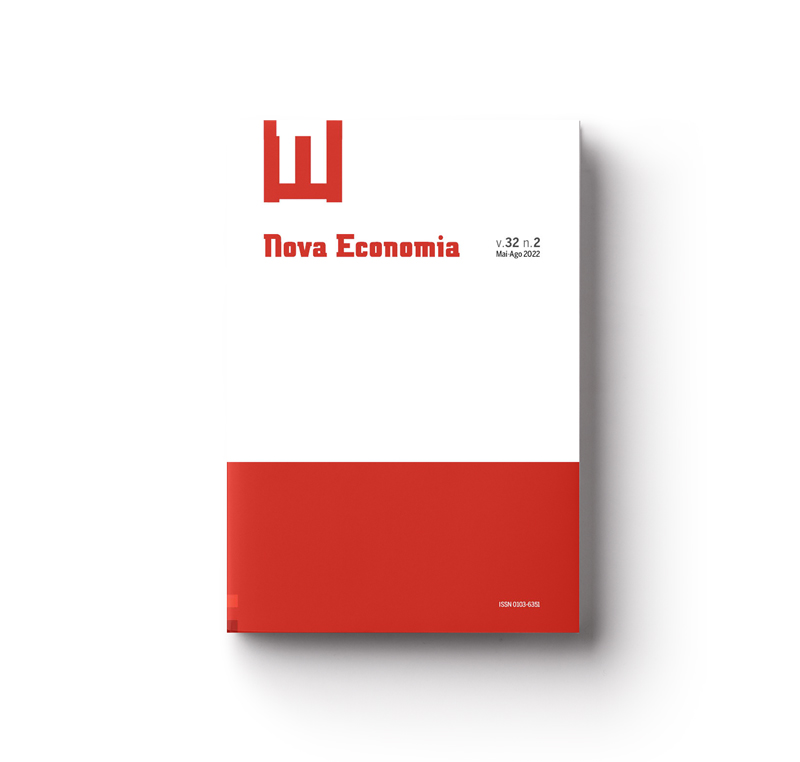A China e a desindustrialização brasileira: um olhar para além da especialização regressiva
Resumo
Resumo
Este artigo analisa como o estreitamento das relações comerciais entre Brasil e China, a partir dos anos 2000, tem causado o aprofundamento de dois fenômenos característicos da economia brasileira desde os anos de 1980: a especialização regressiva e a desindustrialização. Em especial, para além dos impactos a respeito do papel chinês na especialização produtiva no período recente, argumenta-se que esses efeitos são estendidos para o desadensamento da estrutura produtiva. A partir da adaptação de indicadores de desadensamento industrial – coeficiente de desadensamento da indústria de transformação (CDIT) e coeficiente de participação relativa no desadensamento (CPRD) – utilizando como base de dados a World Input-Output Database (WIOD), este estudo aponta como o avanço chinês se deu de forma transversal (aumento da participação em todos os setores analisados) e heterogênea (observa-se um viés setorial) na indústria de transformação brasileira.
Palavras-chave: Desindustrialização; mudança estrutural; comércio exterior; China.
Códigos JEL: O14, F19.
Downloads
Publicado
Como Citar
Edição
Seção
Licença
Copyright (c) 2022 Thiago Noronha Sugimoto, Antônio Carlos Diegues Júnior

Este trabalho está licenciado sob uma licença Creative Commons Attribution 4.0 International License.
Autore[a]s que publicam nesta revista concordam com os seguintes termos:
- Autore[a]s mantém os direitos autorais e concedem à revista o direito de primeira publicação, com o trabalho simultaneamente licenciado sob a Licença Creative Commons Atribuição 4.0 Internacional que permite o compartilhamento do trabalho com reconhecimento da autoria e publicação inicial nesta revista.
- Autore[a]s têm autorização para assumir contratos adicionais separadamente, para distribuição não-exclusiva da versão do trabalho publicada nesta revista (ex.: publicar em repositório institucional ou como capítulo de livro), com reconhecimento de autoria e publicação inicial nesta revista.
- Autores têm permissão e são estimulados a publicar e distribuir seu trabalho online (ex.: em repositórios institucionais ou na sua página pessoal) a qualquer ponto antes ou durante o processo editorial, já que isso pode gerar alterações produtivas, bem como aumentar o impacto e a citação do trabalho publicado (Veja O Efeito do Acesso Livre).




